Potřebujeme váš souhlas k využití jednotlivých dat, aby se vám mimo jiné mohly ukazovat informace týkající se vašich zájmů. Souhlas udělíte kliknutím na tlačítko „OK“.
ASTM D6272-10
Standard Test Method for Flexural Properties of Unreinforced and Reinforced Plastics and Electrical Insulating Materials by Four-Point Bending
Automaticky přeložený název:
Standardní zkušební metoda pro ohybových vlastností z prostého a vyztužených plastů a Elektroizolační materiály čtyřbodovou Ohýbání
NORMA vydána dne 1.4.2010
Informace o normě:
Označení normy: ASTM D6272-10
Poznámka: NEPLATNÁ
Datum vydání normy: 1.4.2010
Kód zboží: NS-34474
Počet stran: 8
Přibližná hmotnost: 24 g (0.05 liber)
Země: Americká technická norma
Kategorie: Technické normy ASTM
Kategorie - podobné normy:
Anotace textu normy ASTM D6272-10 :
Keywords:
flexural properties, four point bending, plastics, stiffness, strength, Electrical insulating plastics, Flexural testing--plastics, Four-point bending, High modulus fibrous composites, Reinforced plastics, Stiffness--plastics, Unreinforced plastics, ICS Number Code 29.035.20 (Plastic and rubber insulating materials), 83.080.01 (Plastics in general)
Doplňující informace
| Significance and Use | ||||||||||||||||||||
|
Flexural properties determined by this test method are especially useful for quality control and specification purposes. This test method may be more suited for those materials that do not fail within the strain limits imposed by Test Method D790. The major difference between four point and three point bending modes is the location of the maximum bending moment and maximum axial fiber stress. In four point bending the maximum axial fiber stress is uniformly distributed between the loading noses. In three point bending the maximum axial fiber stress is located immediately under the loading nose. Flexural properties may vary with specimen depth, temperature, atmospheric conditions, and the difference in rate of straining specified in Procedures A and B. Before proceeding with this test method, reference should be made to the specification of the material being tested. Any test specimen preparation, conditioning, dimensions, or testing parameters covered in the material specification, or both, shall take precedence over those mentioned in this test method. If there are no material specifications, then these default conditions apply. Table 1 in Classification D4000 lists the ASTM materials standards that currently exist. |
||||||||||||||||||||
| 1. Scope | ||||||||||||||||||||
|
1.1 This test method covers the determination of flexural properties of unreinforced and reinforced plastics, including high-modulus composites and electrical insulating materials in the form of rectangular bars molded directly or cut from sheets, plates, or molded shapes. These test methods are generally applicable to rigid and semirigid materials. However, flexural strength cannot be determined for those materials that do not break or that do not fail in the outer fibers. This test method utilizes a four point loading system applied to a simply supported beam. 1.2 This test method may be used with two procedures: 1.2.1 Procedure A, designed principally for materials that break at comparatively small deflections. 1.2.2 Procedure B, designed particularly for those materials that undergo large deflections during testing. 1.2.3 Procedure A shall be used for measurement of flexural properties, particularly flexural modulus, unless the material specification states otherwise. Procedure B may be used for measurement of flexural strength. 1.3 Comparative tests may be run according to either procedure, provided that the procedure is found satisfactory for the material being tested. 1.4 The values stated in SI units are to be regarded as the standard. The values provided in parentheses are for information only. 1.5 This standard does not purport to address all of the safety concerns, if any, associated with its use. It is the responsibility of the user of this standard to establish appropriate safety and health practices and determine the applicability of regulatory limitations prior to use. Note 1—This test method is equivalent to ISO 14125 (Method B). |
||||||||||||||||||||
| 2. Referenced Documents | ||||||||||||||||||||
|
Podobné normy:
Historická
1.10.2012
Historická
1.10.2010
Historická
1.4.2014
Historická
1.3.2014
Historická
1.8.2011
Historická
1.10.2010


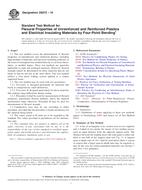
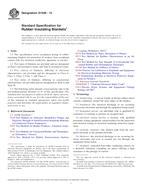 ASTM D1048-12
ASTM D1048-12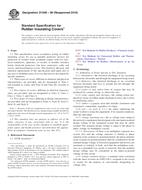 ASTM D1049-98(2010)..
ASTM D1049-98(2010)..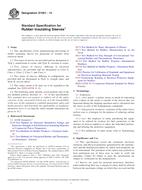 ASTM D1051-14
ASTM D1051-14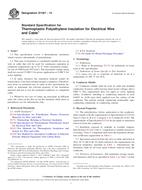 ASTM D1351-14
ASTM D1351-14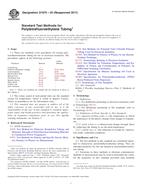 ASTM D1675-03(2011)..
ASTM D1675-03(2011)..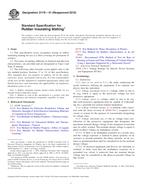 ASTM D178-01(2010)..
ASTM D178-01(2010)..
 Cookies
Cookies
